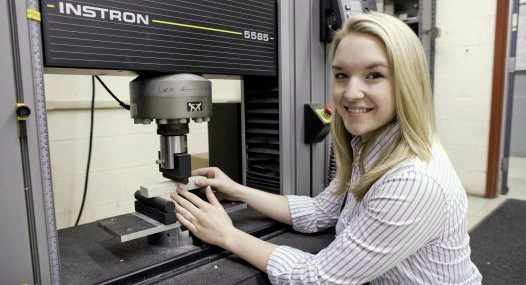Wednesday, June 9, 2010, 10:36 AM
Posted by Administrator
The funds from Measure C will first go toward solar power as MDUSD begins construction of the second largest solar installation in the country and the largest of any school district in the country. This system should save the district over $400 Million dollars over the 40 years of the bond and continue producing power well beyond that.Posted by Administrator
There was a lot of mis-information being made public. Our very own local newspaper being the biggest offender. I am disappointed that the paper failed to print the whole story. The paper claimed this bond would cost $1.8 Billion dollars and deliberately failed to explain that the number is the sum of the previous Measure C plus this new one. The Measure C we just voted in should only cost $200 Million after 40 years because of the $400 Million in savings via the solar. This is like buying $5 dollar bills for $2.85.
This was by far and away the most cost effective way to help the school district and the environment at the same time. The value of this bond is extraordinary.
Contra Costa Times Results Page
Yahoo!
We are going to start on solar immediately.


 Calendar
Calendar




